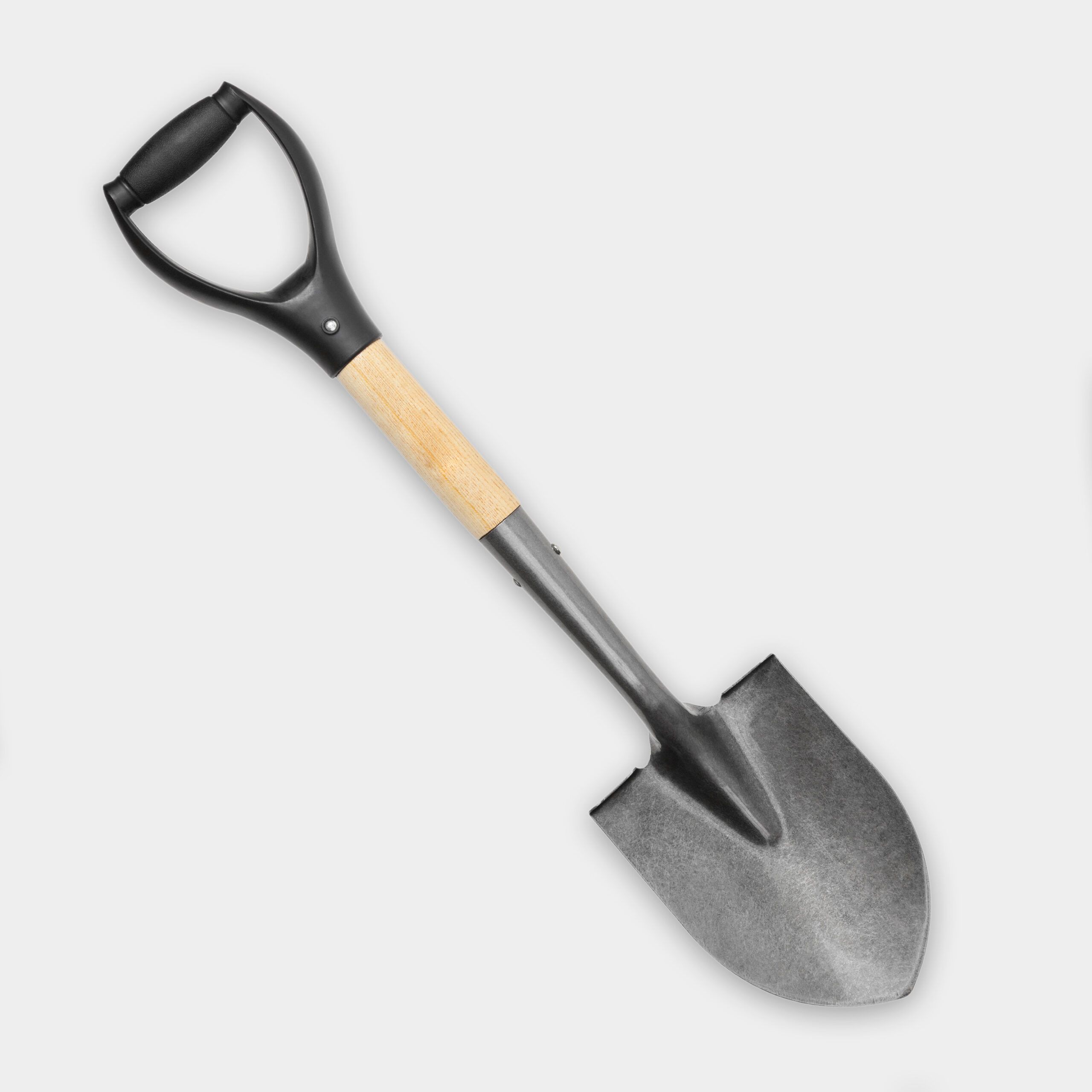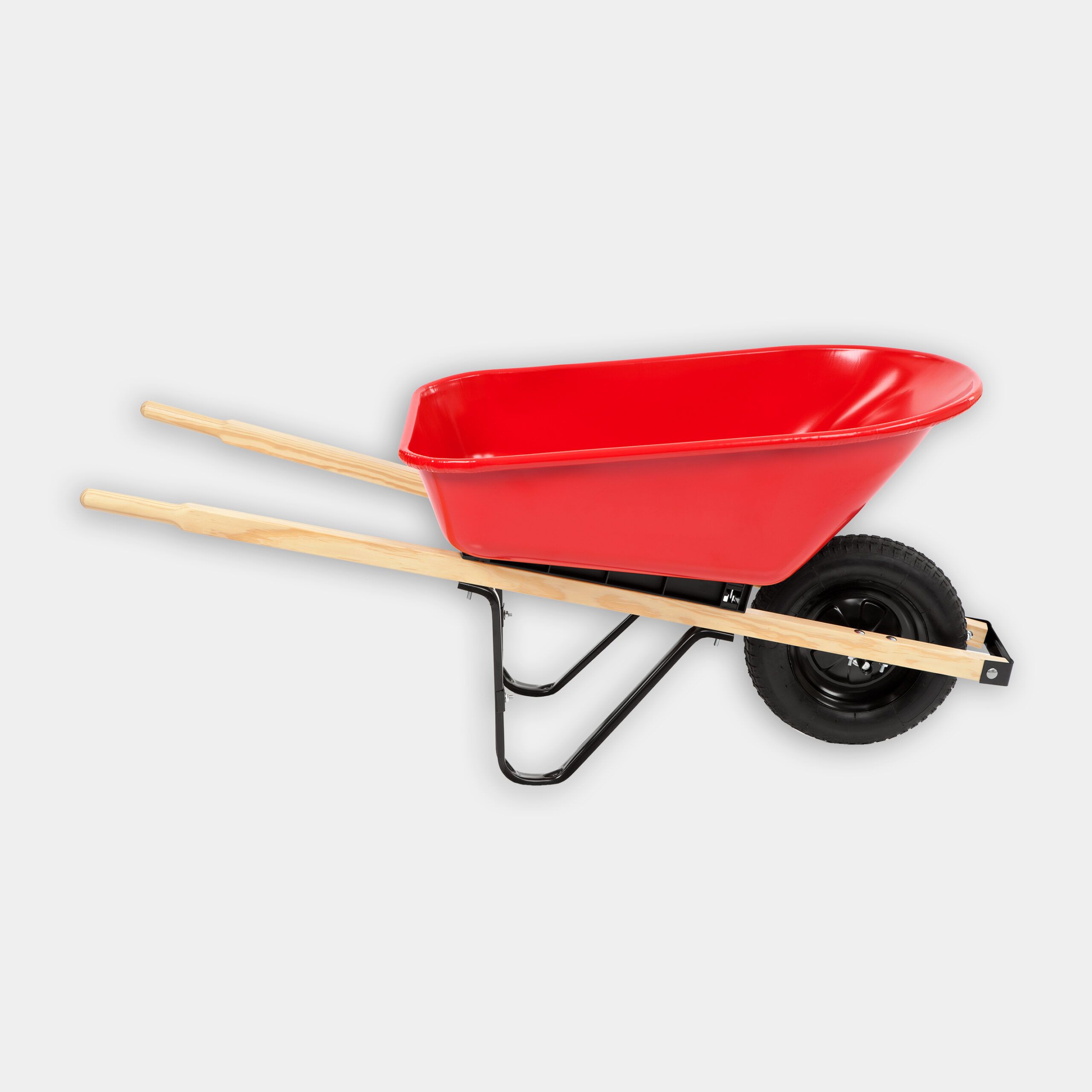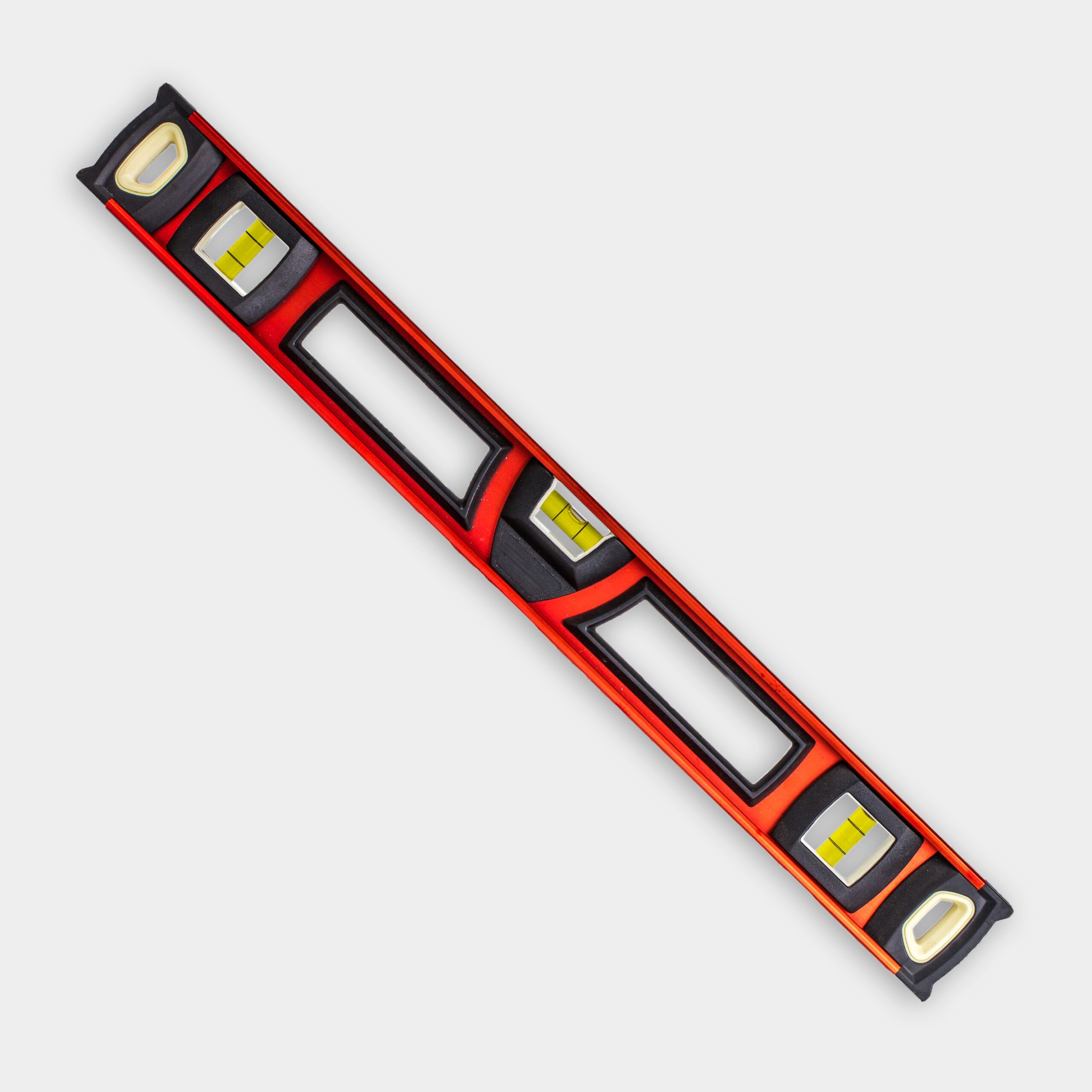We may be compensated if you purchase through links on our website. Our team is committed to delivering honest, objective, and independent reviews on home products and services.
Creating a desert landscape can transform a dull, thirsty yard into a stunning, low-maintenance oasis. This approach to landscaping mimics the natural beauty of arid environments while conserving water and reducing upkeep. In the video above, Ask This Old House landscaping expert Jenn Nawada heads to Phoenix to help a homeowner transform a blank canvas into a vibrant, desert-inspired front yard. Let’s explore how to design and implement a desert landscape that’s both beautiful and functional.
Preparing the Ground for Desert Landscaping
Before diving into the design process, prepare your yard for its transformation. These steps lead to a solid foundation for your new landscape:
- Grading and soil preparation: To mimic the natural contours of the desert, create gentle slopes and mounds in your yard. This adds visual interest and helps with drainage. Use a shovel to form mounds of soil in seemingly random patterns across the landscape.
- Installing a weed barrier: To prevent unwanted plants from sprouting, lay down a weed barrier. This step is especially important in areas where you’ll be placing rocks or gravel.
- Removing existing vegetation: Start by removing any water-hungry plants or turf that don’t fit with the desert theme. In the video, Nawada and her team begin by removing a large honeysuckle bush that was blocking the homeowner’s window and causing security concerns.
Tools You’ll Need
Gather the following tools:
- Level
- Shovel
- Tree dolly
- Wheelbarrow
Designing Your Desert Landscape
With the ground prepared, it’s time to plan your desert oasis. A well-thought-out design creates a cohesive and attractive final result.
Choosing Plants for Your Desert Garden
Select plants that are native to desert regions or well-adapted to arid conditions. Some excellent choices include:
- Agave
- Barrel cactus
- Bougainvillea
- Chilean mesquite trees
- Lantana
- Red yucca
Nawada recommends factoring in bloom times to get year-round color in the landscape.
Incorporating Hardscaping Elements
Hardscaping plays a huge role in desert landscapes. You can add:
- Boulders and rocks
- Decorative stones
- Gravel pathways
- Pavers for walkways
These elements add texture and visual interest while keeping maintenance low.
Planning for Accessibility
If accessibility is important, be sure to include it in your design. In the video, Nawada creates a curved walkway with pavers to make the yard wheelchair accessible for the homeowner’s mother.
Installing Your Desert Landscape
With your design in place, it’s time to bring your desert landscape to life. This process involves several key steps:
- Creating pathways and walkways: For pathways, excavate the area to a depth of about 3–4 inches. Fill with a base layer of quarter-inch granite, level it, and compact it. Then, lay pavers in a pattern of your choice, making sure they’re tightly fitted for smooth wheelchair access if needed.
- Installing an efficient irrigation system: While desert plants are drought-tolerant, they still need some water, especially when they’re first established. Install a drip irrigation system to deliver water directly to plant roots, minimizing waste.
- Placing boulders and rocks: Start by positioning larger elements like boulders. Dig shallow holes to nestle them into the landscape, creating a natural look. Nawada shows how this makes them appear as if they’ve been part of the yard for ages.
- Planting desert-friendly vegetation: When planting, dig holes twice as wide as the root ball and just as deep. Space plants farther apart than you might in a traditional garden to mimic the sparse growth patterns of natural desert environments.
Maintaining Your Desert Landscape
Once your desert landscape is installed, proper maintenance will keep it looking its best:
- Pruning and plant care: Desert plants grow slowly, so prune sparingly. Remove dead or damaged growth when needed and shape plants to maintain their natural form.
- Watering schedule: Water deeply but infrequently to encourage deep root growth. Most desert plants need supplemental watering for the first six months after planting. After that, you can typically rely on natural rainfall.
- Weed control: While a desert landscape naturally discourages weed growth, some can still appear. Remove them promptly by hand or with targeted herbicide applications.
Adding Personal Touches to Your Desert Landscape
Personalizing your desert landscape can make it uniquely yours. Integrating some additional features will increase the ambiance and functionality of your outdoor space. Here are a few ideas:
- Water features: While it may seem counterintuitive, adding a small water feature such as a fountain or birdbath can offer a refreshing contrast to the arid surroundings. Make sure the water feature is designed to reuse water to maintain the eco-friendliness of your desert landscape.
- Outdoor lighting: Strategic lighting can transform your desert landscape into a magical space after dark. Solar-powered lights along pathways, around key plants, or near seating areas can add charm and ambiance.
- Seating areas: Create cozy seating areas with benches or chairs made from natural materials like wood or stone. These spaces invite relaxation and allow you to enjoy your desert oasis from a comfortable vantage point.
- Seasonal decorations: Add seasonal decorations to your desert landscape for a touch of whimsy. From colorful flowers in spring to festive lights in winter, these decorations can refresh your outdoor space and reflect your personal style.
Troubleshooting Common Desert Landscaping Issues
Even with the best planning, you may face some challenges with your desert landscape. Understanding these common issues and how to address them can help you maintain a thriving, beautiful yard:
- Addressing soil quality: Desert soil is often sandy and low in nutrients. Add organic matter or appropriate fertilizers to improve soil quality and plant health. A soil test can help you figure out what’s needed.
- Dealing with extreme temperatures: Desert climates swing between extreme heat and cold. Pick plants suited to these conditions, and use shade or windbreaks to protect vulnerable ones.
- Dealing with pests: Desert landscapes are generally low-maintenance, but pests like aphids and spider mites can still be problematic. Using natural predators, such as ladybugs, or introducing companion plants that repel insects can help keep pests at bay.
- Managing irrigation: Efficient irrigation is necessary for the success of a desert landscape. Regularly check your irrigation system for leaks or clogs. Adjusting the watering schedule based on seasonal needs helps your plants receive adequate hydration without wasting water.




